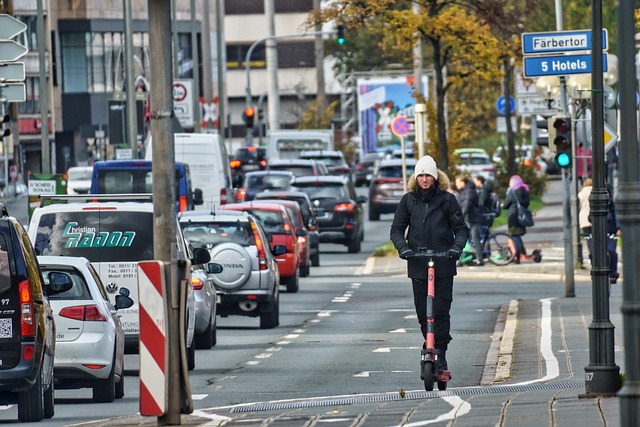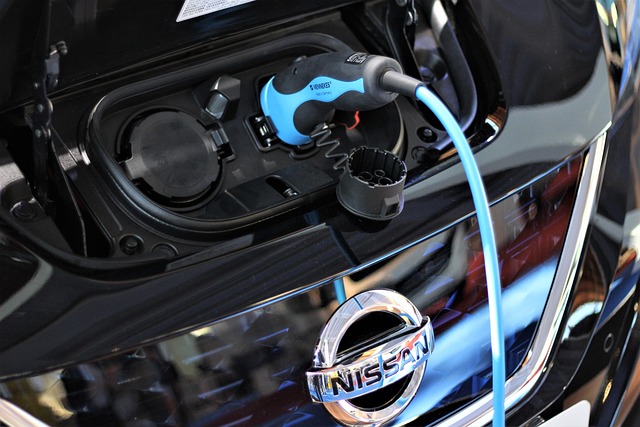Rural communities often face a paradox: the desire to preserve natural landscapes and low‑density living while needing reliable access to markets, health care, and education. Traditional road networks, though critical, can become inefficient or unsustainable when scaled to meet increasing travel demands. In recent years, the concept of urban transportation solutions has been adapted to rural contexts, offering a suite of innovative strategies that blend technology, infrastructure, and community engagement to promote both mobility and environmental stewardship.
Redefining Mobility with Shared Mobility Platforms
Shared mobility—commonly associated with city bike‑sharing and car‑sharing systems—can be re‑engineered for sparsely populated areas. Mobile apps that match riders with available vehicles, coupled with flexible pickup points, reduce the need for private cars. By consolidating trips, average vehicle miles traveled drop, translating into lower emissions and fewer road maintenance costs.
- Demand‑responsive transit services that operate on a subscription model, allowing users to schedule rides within a 30‑minute window.
- Electric or hybrid vans that serve multiple stops on a single route, adapting to real‑time traffic and passenger loads.
- Community‑owned vehicle fleets that share revenue among residents, fostering local ownership and accountability.
Integrating Active Transport Corridors
Walking and cycling networks can be expanded beyond urban centers into rural hinterlands. When thoughtfully connected, these corridors not only encourage healthier lifestyles but also serve as an alternative to motorized travel for short distances.
- Construction of gravel or low‑maintenance bike lanes linking villages, markets, and schools.
- Installation of safety signage and lighting at critical junctions to reduce accident risk.
- Community workshops that train residents on safe cycling practices and maintenance of bicycles.
Case Study: Sustainable Rural Bus Routes in the Midwest
A midwestern county implemented a bus system that operates during peak hours, using a single route that loops through three main villages. The buses are powered by biodiesel, and the schedule aligns with school and market hours, ensuring that residents can reach essential services without personal vehicles.
“Since the new bus service, our town’s vehicle ownership has dropped by 12 percent, and local businesses report increased foot traffic during midday breaks,” noted the mayor at a recent council meeting.
Adopting Renewable Energy for Mobility Infrastructure
Powering transportation systems with renewable energy not only cuts carbon emissions but also enhances resilience in rural areas where grid connectivity may be limited.
- Solar‑powered charging stations positioned at bus stops and shared vehicle depots.
- Microgrids that harness wind or biomass to provide consistent electricity for transport hubs.
- Smart grid integration allowing electric vehicles to act as storage units, feeding surplus energy back to the local grid during peak demand.
Environmental Impact Assessment
When a rural area adopts urban transportation solutions such as electric buses or shared mobility, the cumulative environmental benefits can be significant. Reduced reliance on diesel, lower vehicle kilometers traveled, and less road expansion all contribute to a smaller ecological footprint.
“Our annual greenhouse gas inventory shows a 23 percent reduction in emissions since the implementation of electric public transit,” reports the regional environmental agency.
Community‑Led Planning and Governance
Success hinges on inclusive planning processes that reflect the unique needs of rural populations. Establishing local transport committees ensures that policies remain responsive to evolving demographics and land‑use patterns.
- Regular town hall meetings where residents can voice concerns about routes, schedules, and vehicle types.
- Data collection on travel patterns, including peak times, frequently used routes, and modal preferences.
- Transparent budgeting that allocates funds for maintenance, technology upgrades, and community outreach.
Future Outlook: Autonomous Vehicles in Rural Settings
Autonomous technology is not limited to city streets. Low‑speed autonomous shuttles could serve as the backbone of rural transport, particularly in areas lacking public transit coverage. When paired with demand‑responsive algorithms, these vehicles can navigate irregular routes, adjust to weather conditions, and provide on‑demand service without the need for a driver.
Although the technology is still evolving, pilot projects in certain regions have demonstrated the feasibility of autonomous shuttles in rural communities. Early adopters report improved reliability, reduced travel times, and heightened safety, especially for elderly or mobility‑impaired residents.
Conclusion: A Holistic Approach to Sustainable Rural Mobility
Urban transportation solutions, when thoughtfully adapted, offer a pathway for rural areas to achieve sustainable development goals. By integrating shared mobility, active transport, renewable energy, and community governance, rural communities can unlock economic opportunities, improve public health, and protect the environment. The key lies in flexibility—designing systems that can evolve with changing population dynamics, technological advancements, and ecological imperatives. In doing so, rural regions can transform mobility challenges into catalysts for resilient, inclusive, and sustainable growth.



